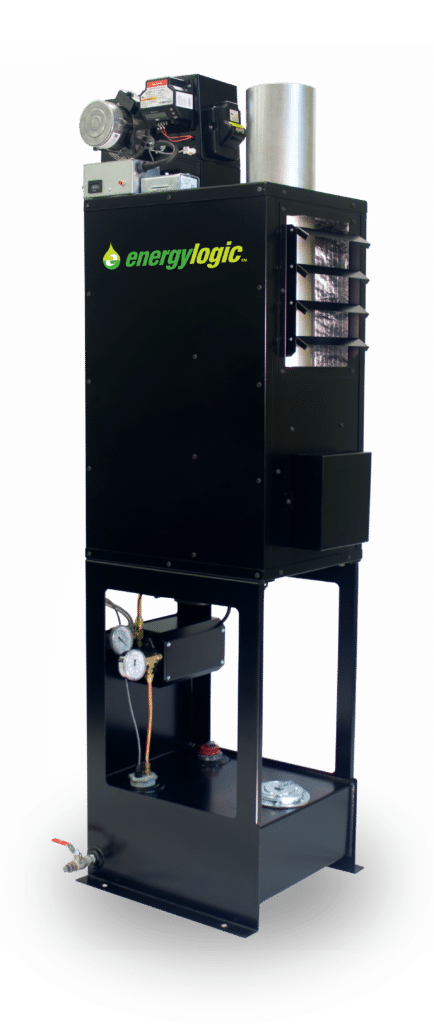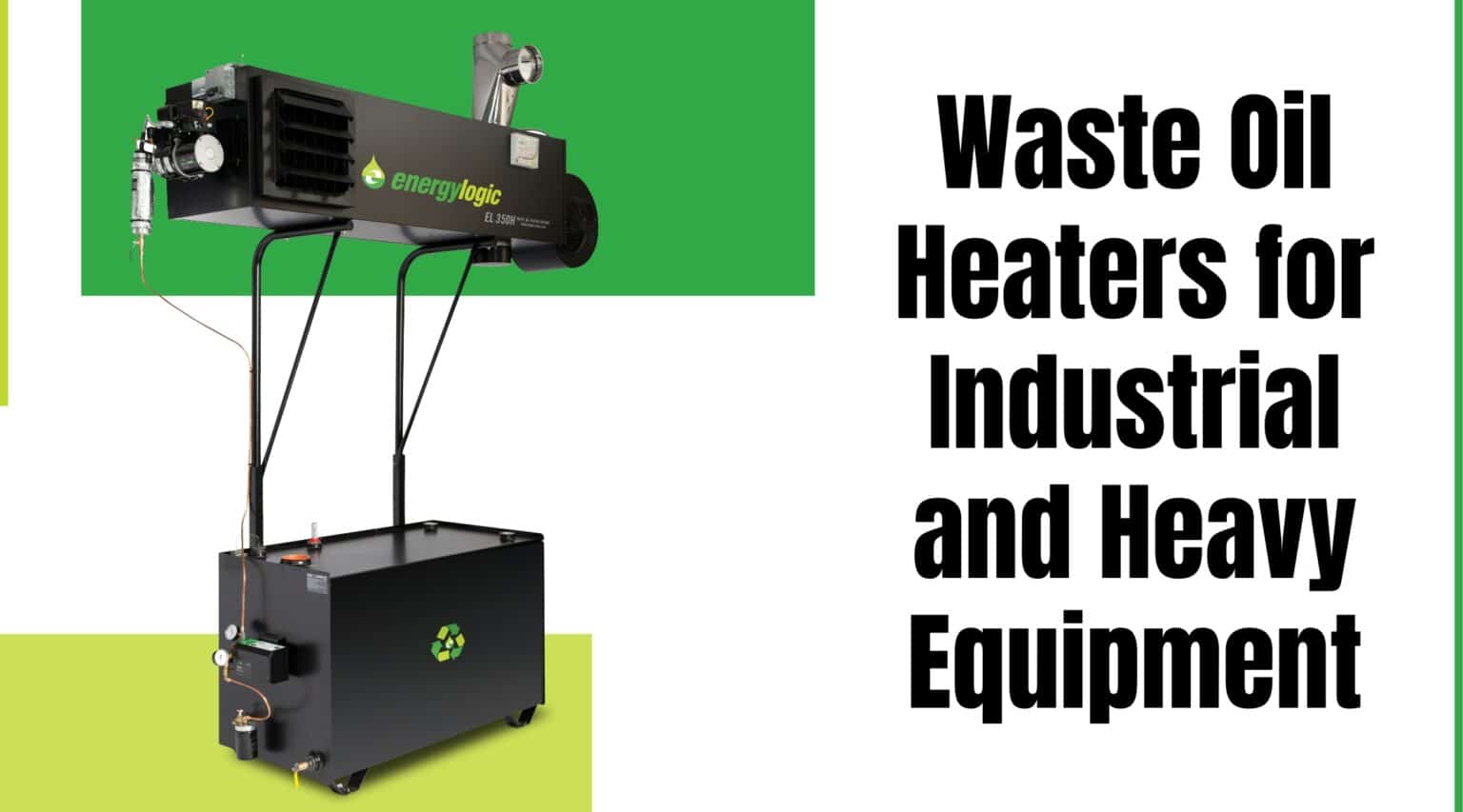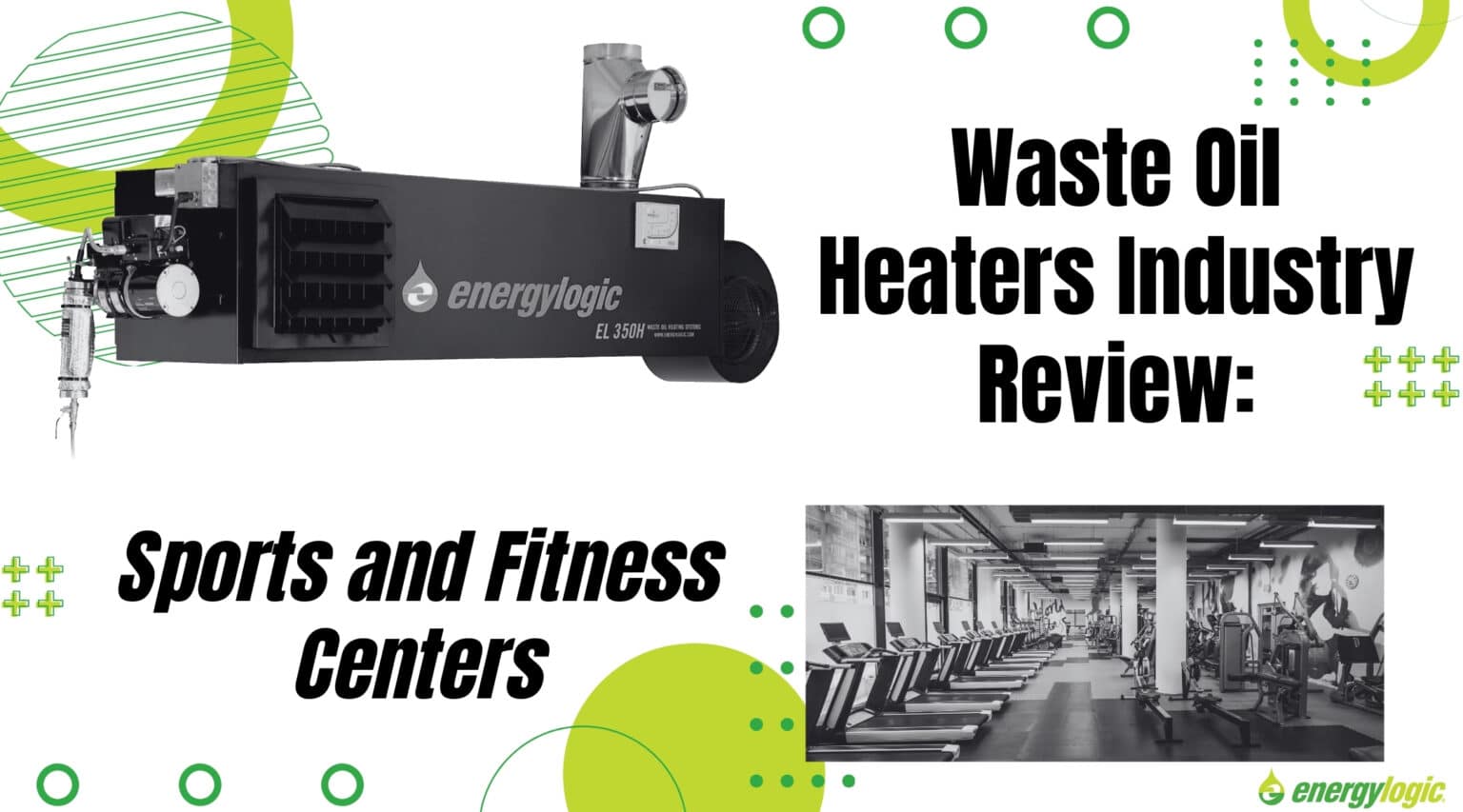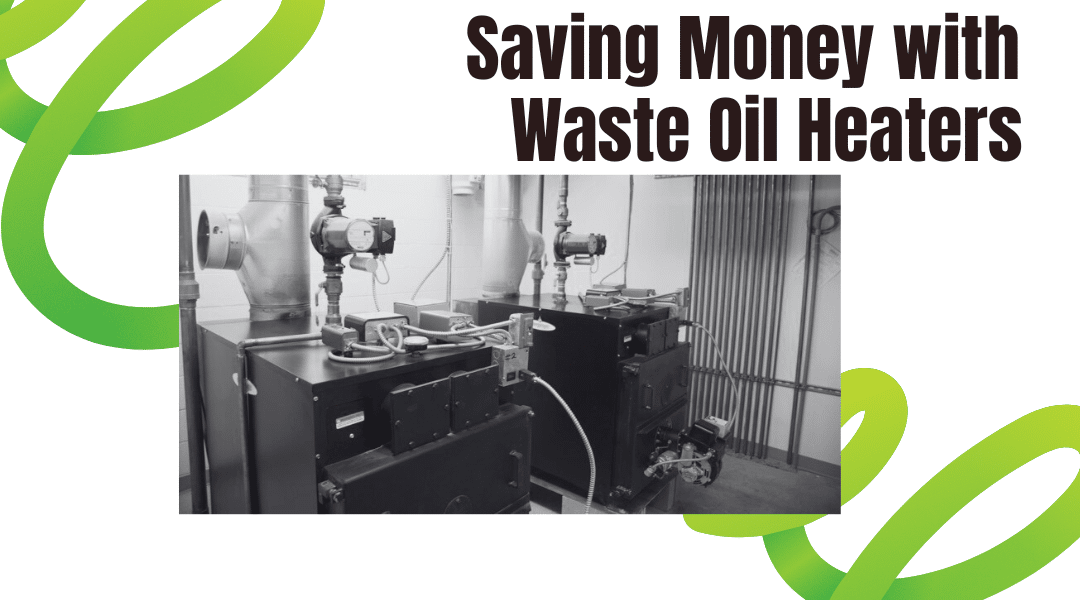Improper waste oil disposal is hazardous to the environment and damaging to wild ecosystems and populated areas. Abandoned, underground waste oil drums will eventually leak into the surrounding environment. The result is a serious and dangerous situation that can have damaging effects that last for decades. They are also costly to clean up.

However, there is an environmentally-friendly, cost-effective alternative to waste oil disposal: using waste oil for heat.
Today, we look at the dangers and costs of abandoned, underground waste-oil storage tanks and proper waste oil disposal solutions.
Dangers of Abandoned Waste Oil
From the 1960s to the 1980s, waste oil from military bases and auto dealerships was stored in tanks. Later, these tanks were partially buried in the ground. Over time, the oil leached into the surrounding soil, eventually raising concerns about groundwater contamination.
A good example of the dangers of waste oil abandonment can be seen in Castro and Ellsworth Maine. In the early 2000s, 6,800 tons of contaminated soil was removed from a waste oil site in Castro and Ellsworth.
Not only is abandoned waste oil dangerous, but it is also costly. Cleaning up the Ellsworth site has already cost over $2.5 million. It is estimated that nearly $4.2 million more must be spent to complete the cleanup at that site alone.
Abandoned Waste Oil Site Cleanup
In 1984, Congress created a federal program to regulate underground storage tanks (USTs) and help clean up abandoned waste oil sites like Ellsworth, Maine. It also directed the US Environmental Protection Agency to set up operating requirements and technical standards for tank design, installation, and leak detection.

Today, the EPA is the leader in cleanup and investigations of active and abandoned waste oil disposal sites. Additionally, the EPA provides emergency response services for leaks and spills that pose a direct, immediate threat to human populations and the environment.
The EPA performs underground storage tank (UST) cleanup as well. According to the EPA, over 564,000 UST releases had been confirmed as of September 2021. Of these, over 502,000 contaminated sites have since been cleaned up.
While not all sites carry the same risks, it is crucial to continue cleanup efforts and avoid further waste oil abandonment issues. Left unattended, UST releases can contaminate soil, groundwater, surface water, or indoor air. For example, some very contaminated sites adversely impacted drinking water resources. These types of UST cleanups are not only harmful, but can cost millions of dollars. Conversely, UST cleanups cost less and are completed more quickly when contaminated sites have only impacted the surrounding soil and not the groundwater.
Responsibilities As an Owner or Operator That Produces Waste Oil
To help prevent future UST releases and cleanups, extensive federal regulations and state requirements have been added over the past 35 years. Responsibilities include adhering to technical standards for storage tank operation, conducting regular site check-ups for leaks, and immediately notifying the appropriate agencies if you suspect a leak might occur. Additionally, owners and operators of USTs must show that they have the financial resources to clean up a site if a release occurs.

The EPA estimates that the average cleanup is around $130,000. Minor clean-ups of a small amount of contaminated soil might be considerably lower, at around $10,000. However, corrective action for leaks that affect groundwater can cost over $1 million, depending on the extent of the contamination.
Knowing how to properly store waste oil and quickly identify any leaks can help minimize environmental damage and the costs of cleaning up extensive releases.
Solutions to Waste Oil Abandonment
The truth is that waste oil does not need to be stored and abandoned. Instead, the EPA recommends recycling or reusing waste oil. Companies such as EnergyLogic have designed products that put waste oil to good use. For example, waste oil heaters and boilers can burn waste oil to produce heat. These products efficiently burn a range of oils from 5 weight to 90 weight, including synthetics. The result is a dependable heat source with easy cleanup, reduced energy costs, and a healthy solution to environmental hazards caused by waste oil abandonment.

Converting oil to fuel is a fantastic method for limiting risks to public health and the environment. Those working in independent garages, car dealerships, and industrial and agricultural businesses can benefit from using waste oil heaters and waste oil boilers as ways to reuse waste oil safely.




